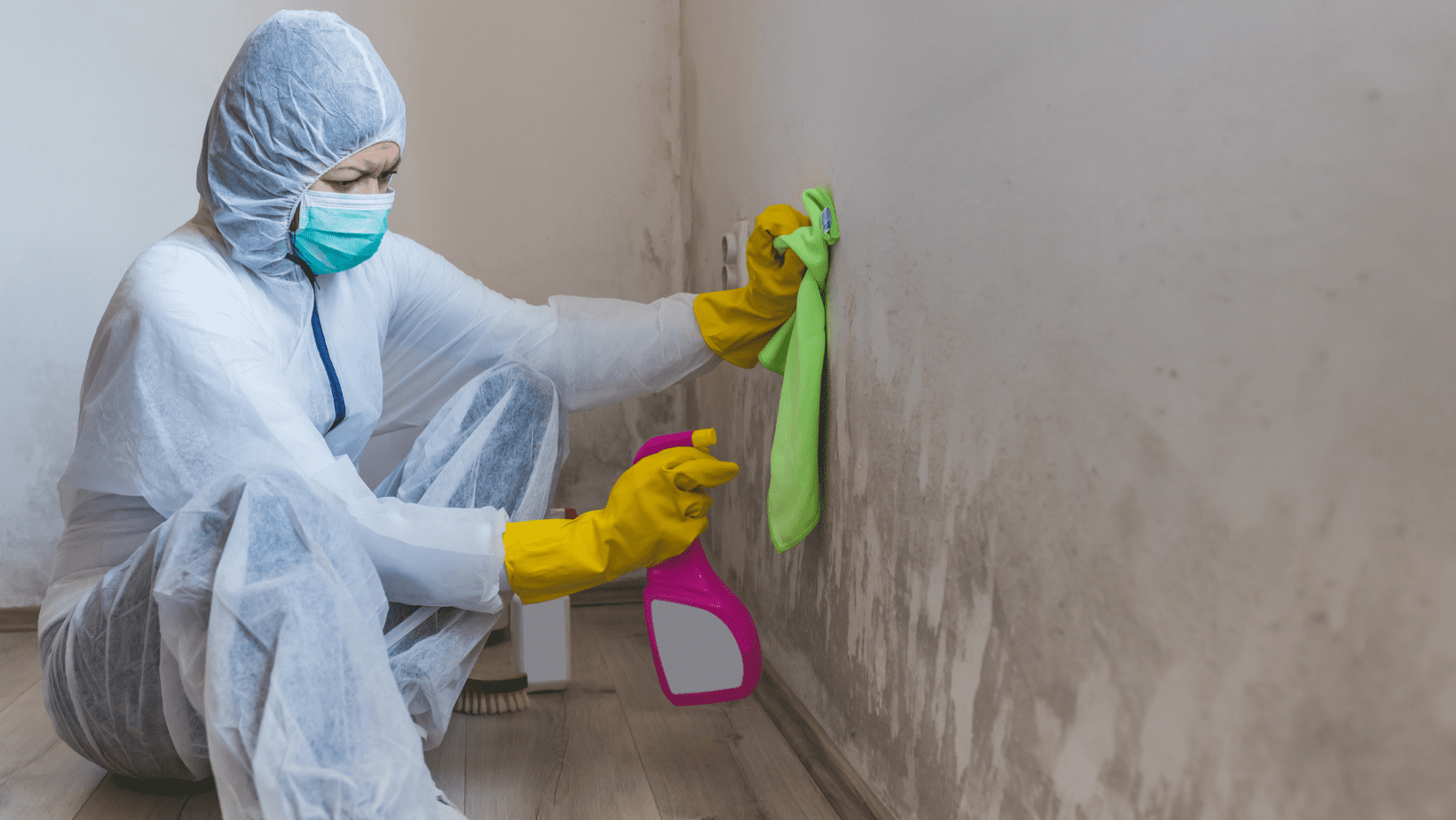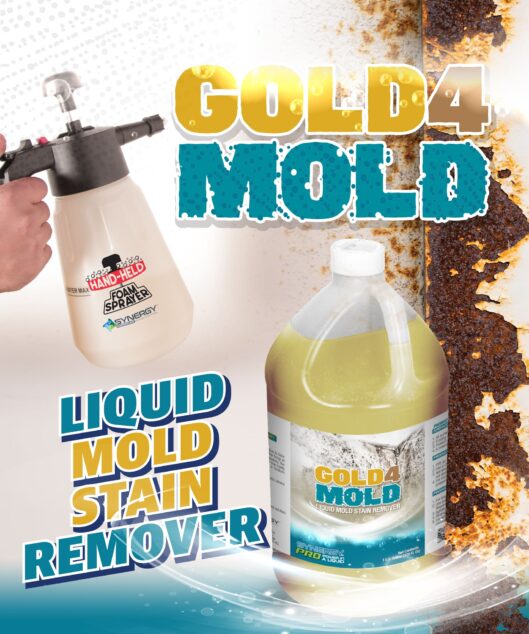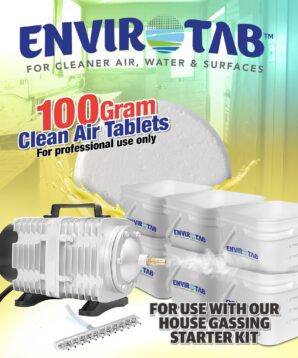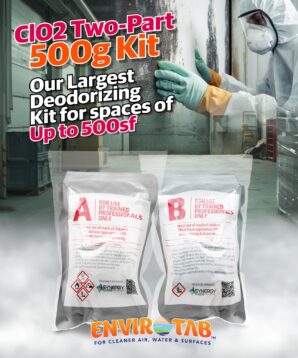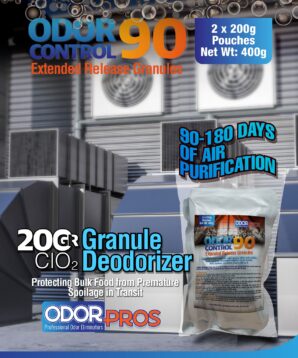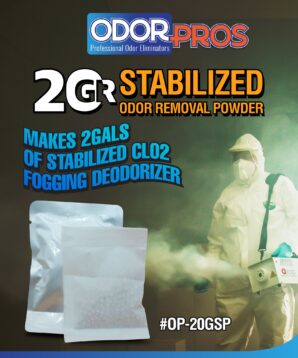Common Signs Of Mold Growth And How To Remove It
Mold in homes can show up in different ways. You might see green or black spots on walls, ceilings, or even on things like books or clothes. Sometimes, it looks fuzzy or slimy. Mold can make parts of your home smell musty or like something's not right. It can grow in places that are damp or wet, like bathrooms, kitchens, or basements. Sometimes, it hides in places you can't see, like behind wallpaper or under carpets.
To remove mold, you need to clean the affected areas. Use a mix of soap and water or a special mold cleaner. Scrub the surface to remove the mold and spores. It’s important to dry the area completely afterward to prevent the mold from returning. In some cases, you might need to replace materials like carpet or drywall if they are too damaged by mold.
6 Reasons Of Mold Growth In Home
1. High Humidity And Mold Development
High humidity levels in your home can lead to mold growth. When the air is too moist, it creates a perfect environment for mold to thrive. This is especially common in places like bathrooms, kitchens, and basements, where moisture is often present. Humidity can come from everyday activities such as showering, cooking, or drying clothes indoors.
To control humidity and prevent mold, you can use dehumidifiers or air conditioners to keep the moisture levels in check. It's also helpful to open windows and use exhaust fans when cooking or showering to let the moist air escape. If you live in an area with naturally high humidity, you might need to invest in mold remediation services Maine to keep your home mold-free
2. Water Leaks And Mold Issues
Water leaks are a major cause of mold growth in homes. When pipes leak, water can seep into walls, floors, and ceilings, creating damp conditions that mold loves. Leaks can occur from plumbing issues, roof damage, or even from appliances like dishwashers and washing machines.
3. Poor Ventilation And Mold Risks
Poor ventilation in your home can lead to mold growth because it traps moisture inside. This is a common problem in areas like bathrooms, kitchens, and laundry rooms, where steam and moisture are produced. Without proper ventilation, the moisture has nowhere to go and can settle on surfaces, creating a perfect environment for mold.
4. Flooding And Mold Outbreaks
Flooding can cause severe mold problems in your home. When floodwaters enter your house, they soak into carpets, walls, and furniture, creating an ideal environment for mold to grow. Mold can start to develop within 24 to 48 hours after a flood, so it's crucial to act.
5. Damp Basements And Mold Formation
Basements are often damp and dark, making them prime spots for mold growth. Moisture in basements can come from the ground, poor drainage, or leaks in the foundation. This moisture creates a place for mold to thrive. This is especially true if the basement lacks ventilation.
Read More: How To Clean Mold From Ceiling?
6. Condensation And Mold Hazards
Condensation occurs when warm, moist air comes into contact with cool surfaces, causing water droplets to form. This is common on windows, pipes, and walls, especially in areas with high humidity or poor insulation. Condensation can lead to mold growth if not managed.
To lessen condensation, keeping your home at a consistent temperature can also help prevent condensation. Daily wiping down surfaces where condensation forms can prevent mold from taking hold. Learning about facts about mold can also help you better understand how to prevent and deal with it?
Simple Mold Remediation Methods
Air Fresheners To Remove Mold
Air fresheners can help mask the smell of mold, but they do not remove mold or address the underlying problem. If you notice a musty odor in your home, it’s important to find and remove the source of the mold rather than covering up the smell.
To address mold, identify the areas where it is growing and clean them. This might involve scrubbing surfaces with soap and water or using a mold cleaner. After cleaning, ensure the area is completely dry to prevent the mold from returning. While air fresheners can make your home smell nicer, they are not a solution for mold removal.
Preventing Mold With Dehumidifiers
Dehumidifiers are excellent tools for preventing mold growth in your home. They work by removing excess moisture from the air, which is essential for keeping mold at bay. High humidity levels create the perfect environment for mold to thrive, so controlling the humidity is key to prevention.
Place dehumidifiers in areas that are prone to moisture, such as basements, bathrooms, and kitchens. Daily empty and clean the dehumidifier to ensure it is working effectively. Keeping the humidity levels below 60% can reduce the risk of mold growth. By using dehumidifiers, you can maintain a dry environment and prevent mold from growing.
Read More: What Are The Best Methods For Mold Remediation?
Use Natural Remedies To Remove Mold From Home
Using natural remedies can be an effective way to remove mold from your home. Some common natural remedies include tea tree oil, hydrogen peroxide, and baking soda. These remedies are less harsh than chemical cleaners and can be safer for your family and pets.
To use tea tree oil, mix a teaspoon of oil with a cup of water in a spray bottle. Spray the solution on the moldy area and let it sit for an hour before wiping it away. Hydrogen peroxide can be used directly on the mold. Spray it on, let it sit for 10 minutes, then scrub and wipe clean. Baking soda can be mixed with water to create a paste that you can apply to moldy areas, let dry, and then scrub away. Using these natural remedies can help you keep your home mold-free without using harsh chemicals.
Preventing Mold with Regular Inspections
Regular inspections can help you catch mold problems early before they become severe. Checking your home for signs of mold, moisture, or leaks can help you address issues before they get out of hand.
Inspect areas that are prone to moisture, such as bathrooms, basements, and kitchens. Look for any signs of water damage, leaks, or musty odors. If you find any issues, take steps to fix them immediately. Regular inspections can also help you identify areas that need better ventilation or moisture control. By staying on top of potential problems, you can prevent mold from growing and keep your home healthy.
Mold Testing And Inspection
If you suspect you have a mold problem but can't see any visible signs, you might need mold testing and inspection services Maine. Professionals can test the air and surfaces in your home to detect mold spores and identify the type of mold present.
Mold testing can help you understand the extent of the problem and the best way to address it. Inspection services can also help you identify the source of the mold and areas that need to be cleaned or repaired. By using professional testing and inspection services, you can get a clear picture of the mold situation in your home.
Hire Professional Mold Removal Services When Necessary
Sometimes, mold problems can be too big to handle on your own. If the mold covers a large area, or if it keeps coming back despite your efforts to clean it, it might be time to hire professional mold removal services. Professionals have the tools and expertise to remove mold from your home.
Professional mold removal services can identify the source of the mold and ensure it is completely removed. They can also help you take steps to prevent mold from returning. If you live in an area like Maine, you can find specialized services like mold stain removal Maine to address your specific needs. Hiring professionals can give you peace of mind and ensure your home is safe and mold-free.


